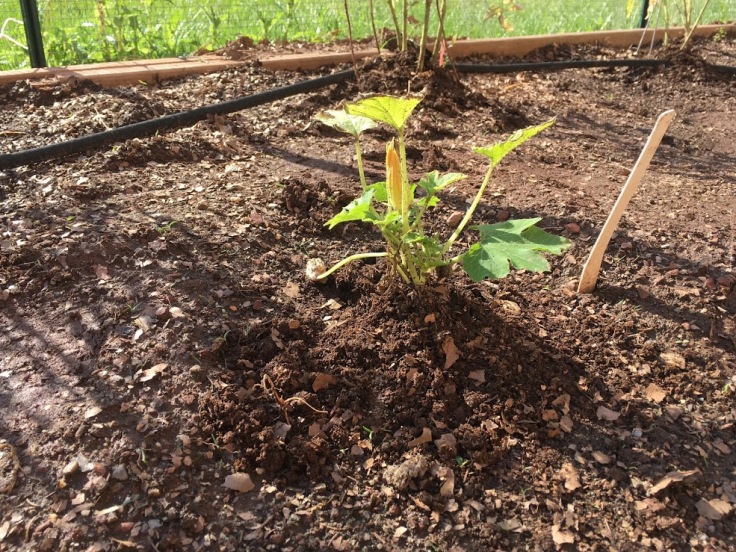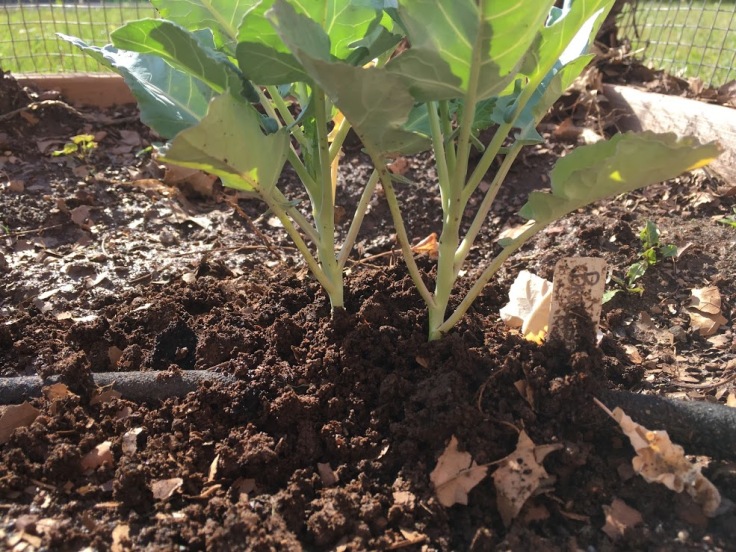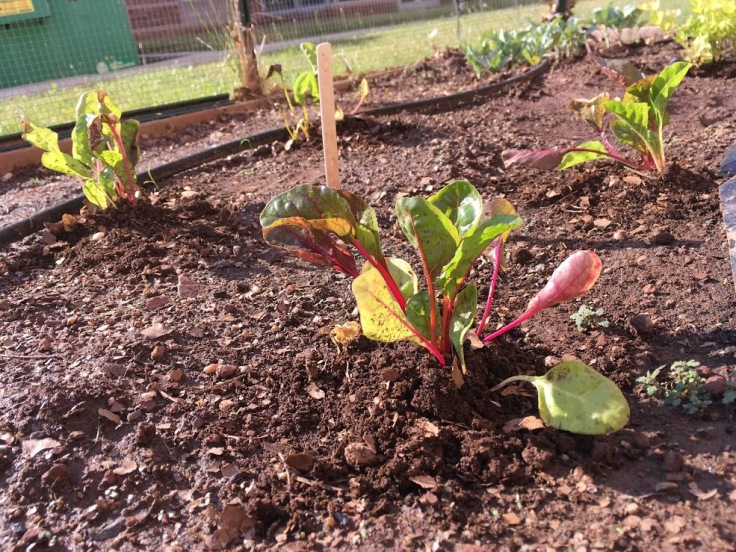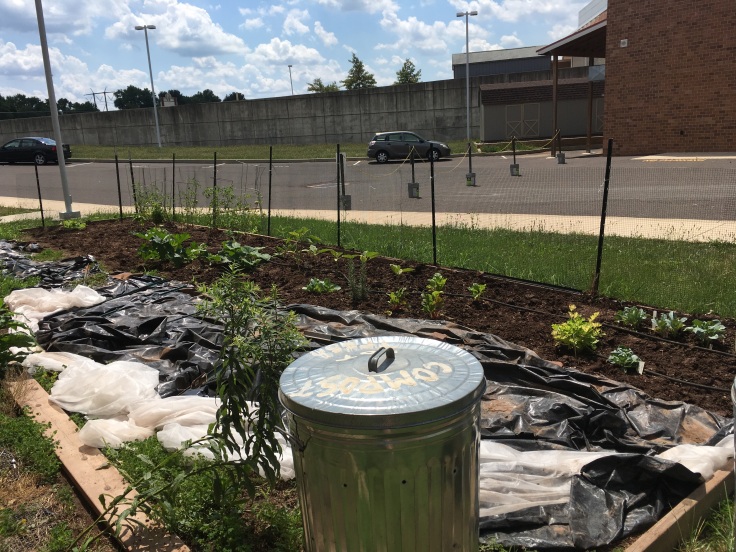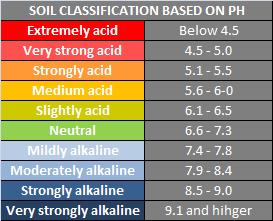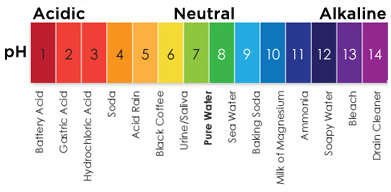Step 1: Prepare the soil
Before one commits to trying a no-till gardening method, the soil has to be prepared first to establish a sound, fertile soil structure.
Gardner Greg Seaman writes:
“The soil should be ‘double-dug’ at least the depth of two shovel blades, and large rocks, roots and other obstructions removed. Be sure to remove any perennial weed roots. Amendments such as peat, lime, vermiculite, compost or other organic material can then be worked into the soil.”
This was mainly what last year was about. We spent much of our time preparing the soil with vermiculite, compost, and alpaca manure. The vegetables seemed to do much better, likely for a variety of reasons, but we think that the preparation of the soil was crucial.
This seems like this means that you don’t have to start with this step. Yay!
Step 2: Once the soil is prepared, add the mulch.
Experiment and research and attempt and see how a no-till garden works out. This is how you find out what works and what doesn’t for this particular garden (and in some cases gardening in general).
Once a good soil is established, the next step in creating a no-till garden is covering the top soil in a “mulch.”
It seems like a proper mulch is what makes a no-till garden a no-till garden.
The mulch can just be spread across the top of the soil. This will keep the soil from drying out, crusting over, and compacting. Any weeds that grow in this mulch can be turned over. This small bit of tilling here and there seems to be fine for keeping away little weeds that grow according to some people; one just wants to avoid frequent deep tilling.
This mulch is not necessarily the straight wood chips that might come to mind, but is often made of several different materials, like a compost, but a little less focused on nutrition and a little more on structure maybe.
The following lists common materials used for mulches:
- Grass Clippings – Cut grass before it goes to seed. Fresh ‘green’ clippings will add nitrogen to the soil, which helps plants grow. If you let the clippings turn brown, you will get the mulch effect without adding nitrogen. (As plants begin to fruit, nitrogen should not be added.)
- Newspaper – Avoid using paper with colored inks; can blow away in the wind.
- Yard waste – Cut up any branches or woody material.
- Compost – Needs to be ‘finished’ compost so as not to attract pests. Compost is a good early season mulch, but as the plant begins fruiting, you should withhold sources of nitrogen.
- Hay – Good mulching material but beware – weed seeds may be introduced.
- Straw – Good source of carbon; excellent mulching material.
- Seaweed – Adds trace minerals, deters slugs. Should be applied liberally because seaweed shrinks considerably when dry.
- Fine bark – Can be acidic. You may need to add lime at the same time.
- Wood Shavings – Avoid shavings from chain saws or tools that leave oil residues.
- Leaves – A valuable source of carbon, leaves make excellent mulch. Apply in thin layers, or intersperse with other materials to prevent matting. Sprinkle soil on top if needed to prevent leaves from blowing away in a strong wind.
- Forest duff – Pine needles, twigs, woody bits are useful, but can be acidic.
After reading about this, it seems like last year we made a mulch several inches deep when we were trying to add more nutrition to the soil. This mulch helped to prepare the soil but was never continually replaced as we didn’t think it needed to be kept at a certain level at the time. It consisted of shredded leaves, store bought garden soil, alpaca manure, old plants and grass clippings, wood dust, and vermiculite.
* The mulch may not be visibly extremely distinct in color from the soil – this is completely fine. The mulch and soil do not have to be thought of as so distinct from each other that they are separate animals entirely. The mulch may just look like regular soil. Our mulch seemed to be softer, richer, and darker than the soil.*
Step 3: Planting in the mulch
“When planting seedlings, pull the mulch back and dig into the surface soil just enough to set the plant. The depth of mulch can be only a few inches when seedlings are first planted, then added in layers as the plant grows. Pull mulch away from the stems of tomatoes, peppers and long-stemmed plants. Beds left over winter can benefit from mulch 12″ – 24″ in depth.” (eartheasy.com)
Last year when we made compost/mulch when we were just trying to add a compost to the soil very little weeds popped up through this and it seems to hold in moisture, so it seems like this does work.
“Over time, as the mulch degenerates and settles into the soil, new mulch needs to be added. This should be done in a timely way, because if the soil surface is exposed to direct watering, and heavy rain, it compacts. You may need to break up (till) the soil before planting the next crop, and this defeats the purpose of the no-till method” (easy earth.com).
This is what we did not do last year (because we did not know about no-till gardening at the time). We began with our several inch layer of mulch. Over time though, we didn’t add to it and replaced what broke down. Over time, it degenerated, exposed the surface soil, and compacted. In order to combat this compaction, we would frequently vigorously till the soil to get the same fluffed look as the mulch, but without the added benefits; it looked kind of like sound mulch, but was just old (but still sound) base soil that was turned over. It just needed some extra material added to it to keep in moisture, keep away weeds, and foster an environment for worms and microorganisms to thrive.
Step 4: Cut Back on Watering
The mulch will retain moisture, so less watering is needed. Less watering also helps minimize soil compaction and the germination of unwanted weeds.
To water the garden we also recommend a “drip method” of watering, which is really anything that does not spray water like a hose or sprinkler, but drips or seeps it into the soil. This allows the water to get directly to the roots and prevents some water from being wasted by being sprayed on the sidewalk.
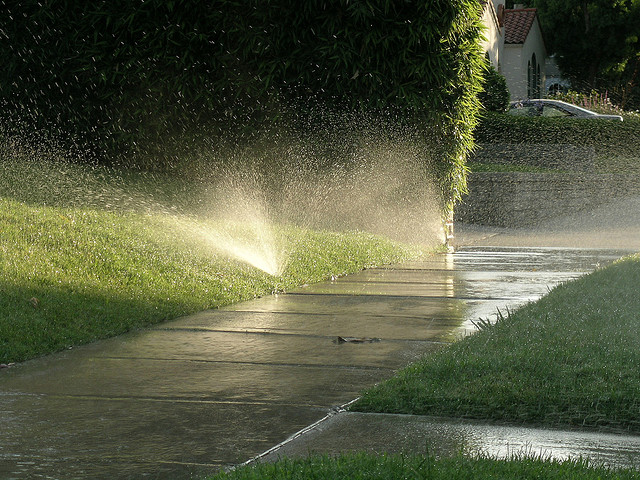
VS
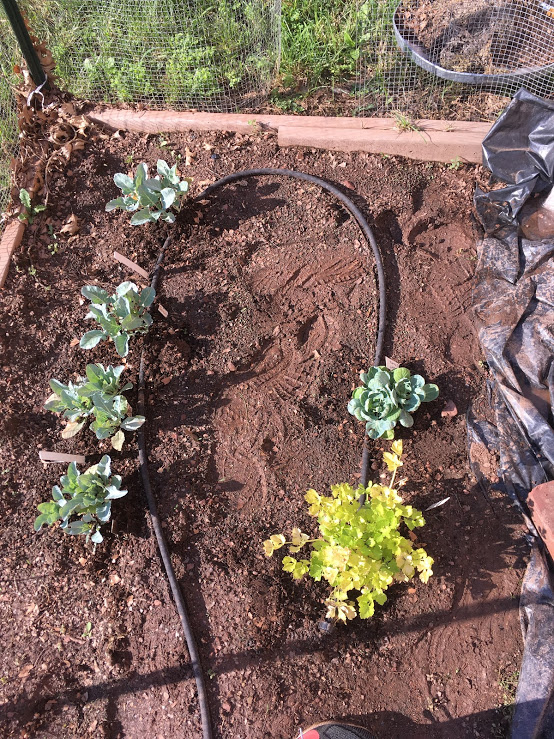
We have found that soaker hoses laid on top of the soil and buried 4 to 8 inches into the soil connected to a timer worked best for us. We were in a particularly sunny spot so we watered for one hour at the same time everyday. How you decide to water, how much you decide, and at what time of day will always depend on the plants you are planting, how much sun they receive, and what the soil is like.






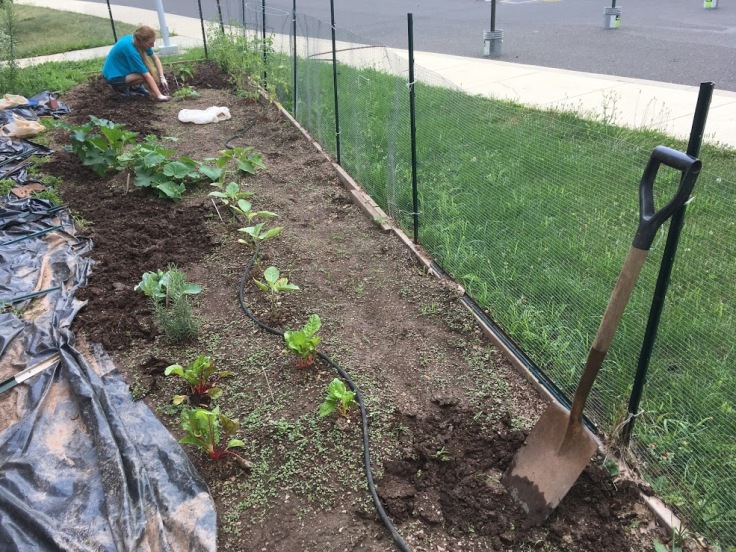
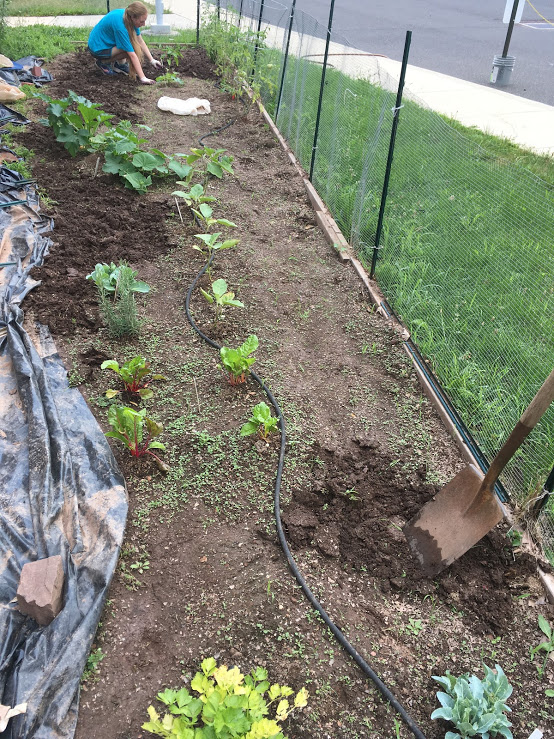
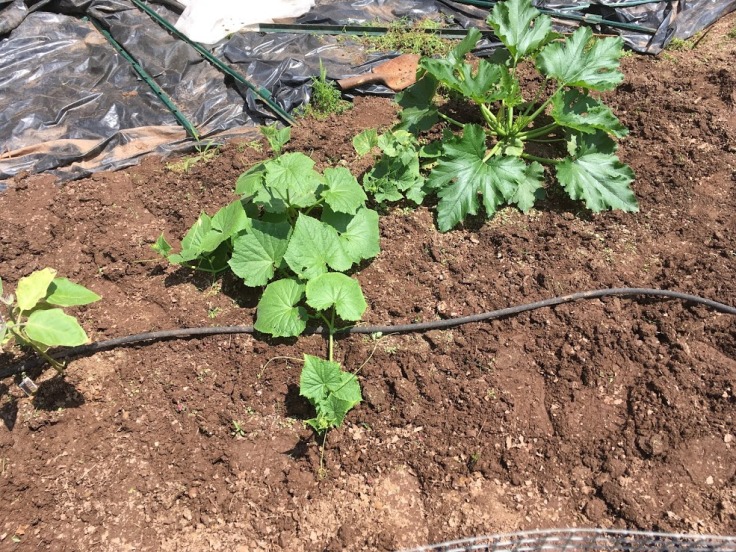
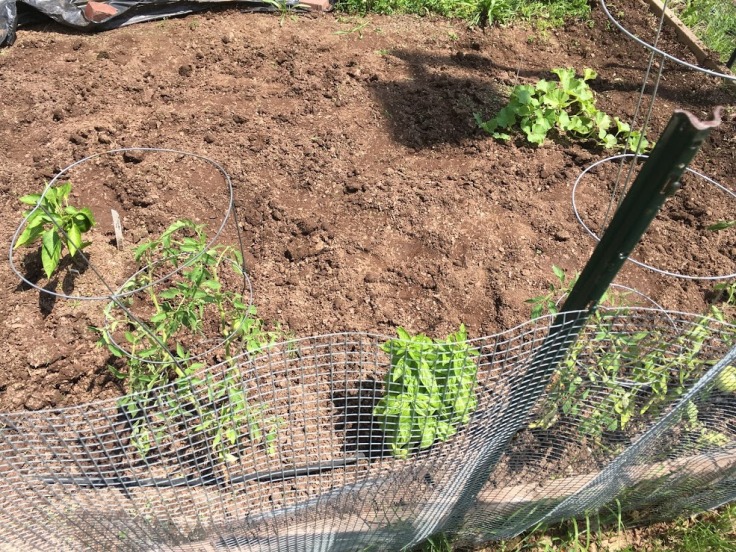
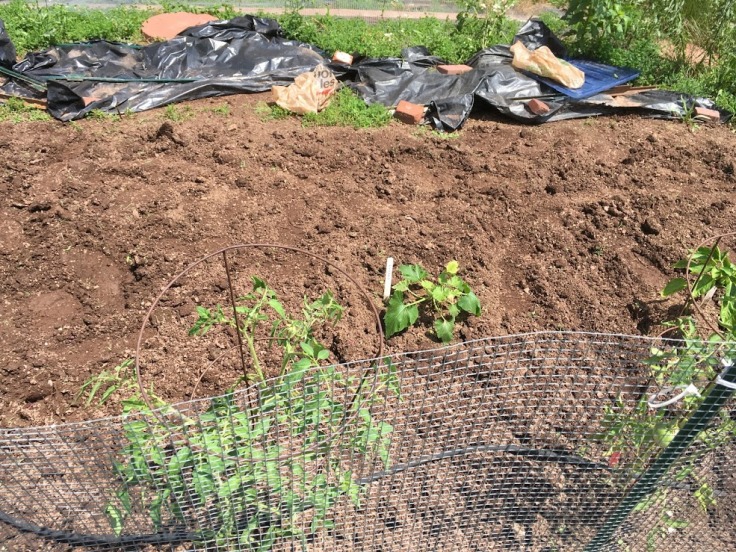
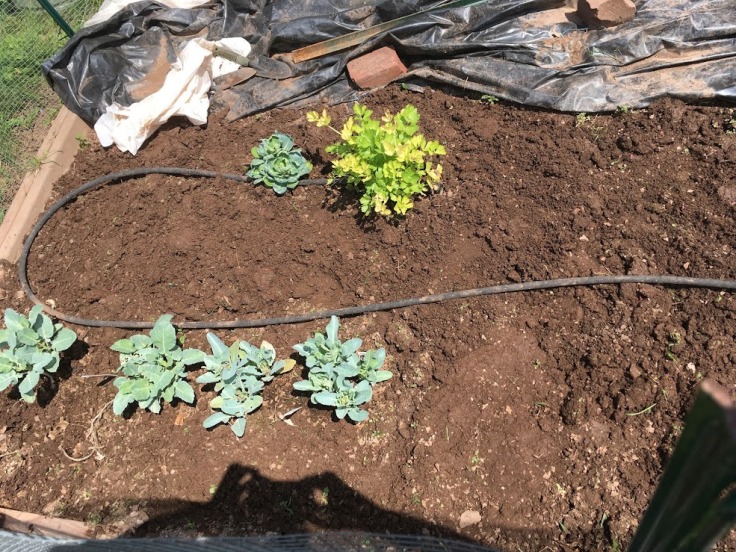


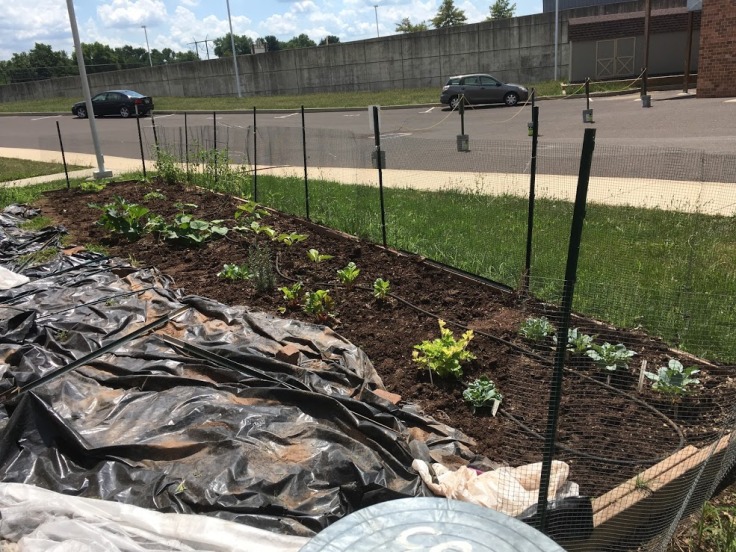
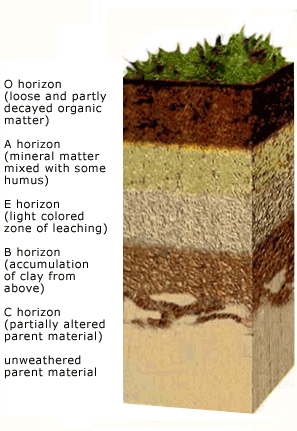

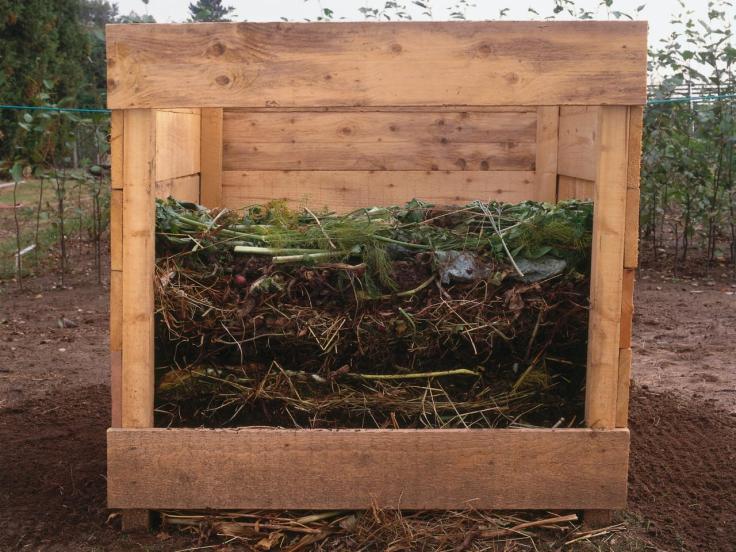
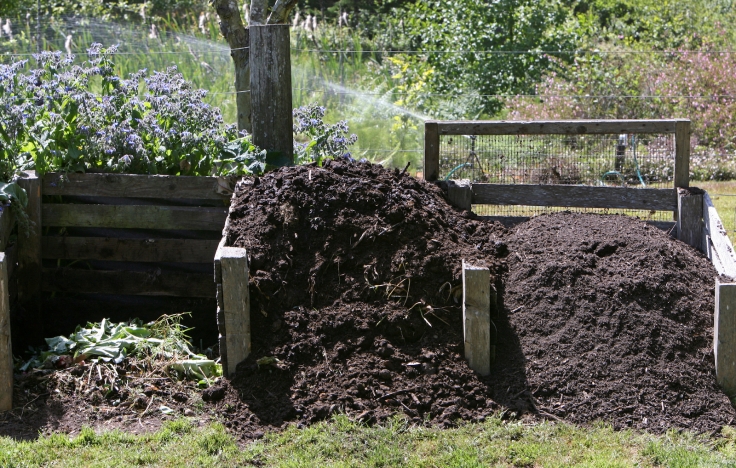 (Compost that is ready to use)
(Compost that is ready to use)